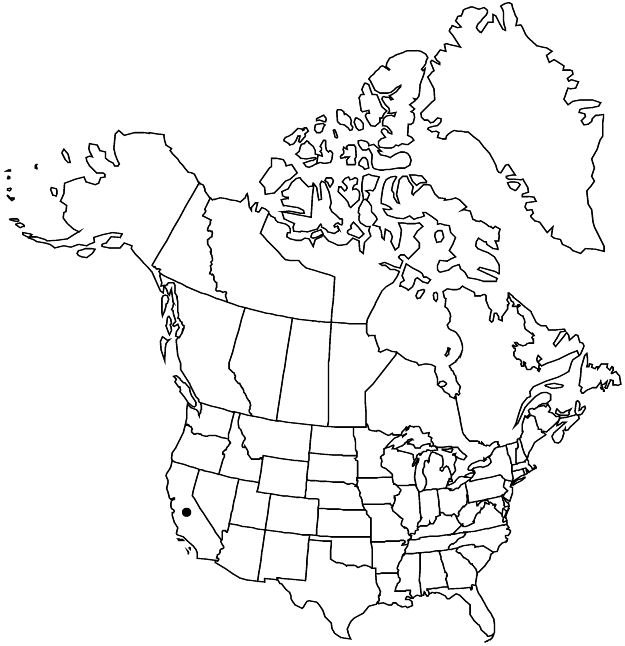Sidalcea ranunculacea
Leafl. Bot. Observ. Crit. 1: 75. 1904.
Herbs, perennial, 0.2–0.5 m, not glaucous or stems sometimes glaucous, with taproot from branched crown, usually wide-spreading and clonal from elongated, horizontal, freely-rooting rhizomes or elongated horizontal stem bases, 2–5 mm diam. Stems usually scattered, ascending to erect, solid, sometimes glaucous, proximally usually long bristly-hirsute, hairs simple or few stellate, rarely glabrous, distally stellate-hairy. Leaves mostly cauline (on reproductive stems), basal present mostly when stems young; stipules lanceolate to ovate, (3–)4–5 × 0.8–3 mm; proximal petioles 7–12 cm, 3–4 times blade length, distal usually 1/2–1 times blade length; blade often grayish green, reniform or reniform-orbiculate, 2.5–6 × 2.5–6 cm, base wide-cordate, margins ciliate, apex rounded overall (lobes can be acute), surfaces softly stellate-hairy to silky villous-hirsute; basal shallowly, palmately 5-lobed, lobe not 1-sided, 3–8 cm, elongating in fruit; bracts linear, unlobed or infrequently 2-fid, 2–5 mm, subequal to or longer than pedicels, much shorter than calyx. Pedicels 1–3(–5) mm; involucellar bractlets absent. Flowers bisexual or unisexual and pistillate, plants gynodioecious; calyx 5–9 mm, stellate-puberulent and softly long-hirsute with marginal bristles 1.5 mm; petals magenta-pink, drying dark purple, sometimes pale-veined, 5–15 mm, pistillate darker, 5 mm; staminal column 3–6 mm, hairy; anthers white; stigmas 6–8. Schizocarps 4–5 mm diam.; mericarps 6–8, 2.5 mm, glabrous or sparsely stellate-puberulent, sides slightly reticulate-veined, back rougher, pitted, mucro 0.5 mm. Seeds 1.5–2 mm. 2n = 20.
Phenology: Flowering Jun–Aug.
Habitat: Moist meadows, stream banks
Elevation: 1800–2800(–3100) m
Discussion
Sidalcea ranunculacea is uncommon and generally found in the vicinity of Sequoiadendron, hence the common name, in the Greenhorn Mountains of Kern and Tulare counties. The interrupted inflorescences, with as much as 5–15 cm of exposed rachis between flower clusters in well-developed individuals, are distinctive, as are the slender rhizomes and relatively small flowers. In some respects it resembles S. reptans, which is more widely ranging in similar habitats and also has long bristles at the base of its stems and slender rhizomes.
Selected References
None.
